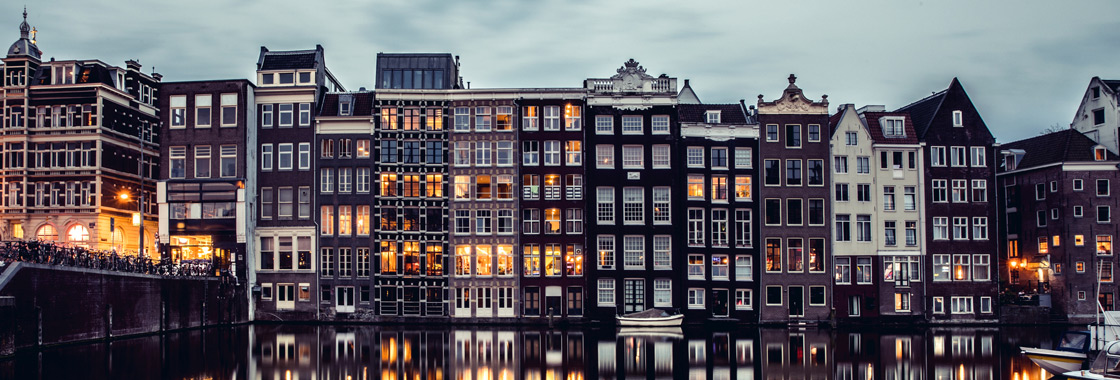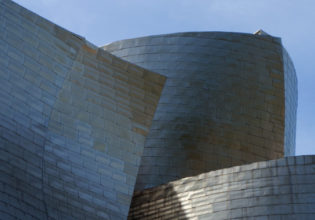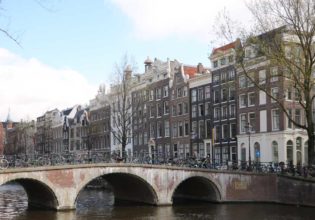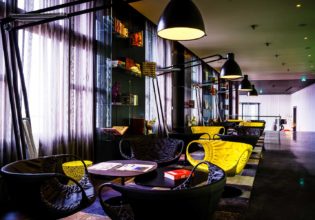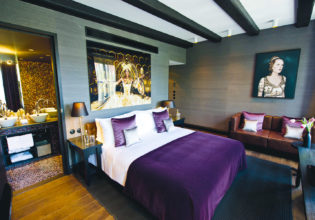The home of incredible artwork, innovative design and the culinary triumph that is chips and mayonnaise. We break down this spectacular country in our Netherlands travel guide.
More hipster than hippy these days, Amsterdam’s cutting-edge architecture, environmental innovation and design have seen it evolve into one of Europe’s coolest destinations.
Sometimes referred to as “The Venice of the North,” Amsterdam is lined with canals that wind their way through streets of quaint old merchants’ houses, while its galleries are world-renowned, featuring the finest works from Dutch masters Rembrandt and Van Gogh.
What better way to get a feel for a city than a flea market; a place where locals come to sell all their unusual bits and bobs, unwanted or otherwise.
Open Monday to Saturday, the 300-plus stores of the Waterlooplein Flea Market are where to find treasures like classic cameras, old leather bicycle seats, vintage clothes, silverware and period biscuit tins.
While there’s the famous flower market and any number of farmer’s markets to peruse, Waterlooplein is well worth swinging by to find that strange something from the annals of Europe’s past you never knew you needed.
A great way to explore Amsterdam is on a bike. With mostly flat streets, 500 kilometres of bike paths, some 250,000 bike racks, and almost 880,000 bicycles – 70 per cent of trips in the city centre are made by bike.
Amsterdam is also home to some of the world’s hottest hotels. For example there’s Canal House, spanning three 17th-century merchants’ houses on Amsterdam’s elegant Keizersgracht waterway.
You’re in the heart of things – cyclists whiz by, canal boats are on the move and everything is just around the corner.
It’s surprisingly swish but dark and moody, modern and clever all at once. Guestrooms are little Dutch masterpieces – lustrous Vermeer colours, whimsical artworks and exposed beams.
The Netherlands is also the perfect destination for those who revel in the outdoors, from the vast greenery of Drenthe to the sandy dunes of Ameland.
Drenthe is one of the most sparsely populated regions in The Netherlands, mainly made up of farmland. The area has lovely forests, lakes and rivers, and is criss-crossed with bike trails that make it easy to take in the countryside and visit villages along the way.
There’s also a lot of history: it is the site of numerous hunebeds, imposing burial monuments built by the Funnel Beaker People between 3400 and 2850BC, while at Hooghalen, Kamp Westerbork, a transit camp used by the Nazis during World War II, is now a memorial to the tragic events that took place here.
Comprising four sleepy villages with a population of little more than 3500, Ameland is just an eight-kilometre ferry ride from the mainland.
Its landscape consists mostly of sand dunes; its main beach, also home to a photogenic lighthouse, is known as ‘The Diamond of the Dutch Wadden’.
While on the island, be sure to sample some of the local cuisine including farm cheese, rye bread, catfish, mustard and Nobeltje, a rum liqueur enjoyed in coffee, over ice-cream or pancakes.
